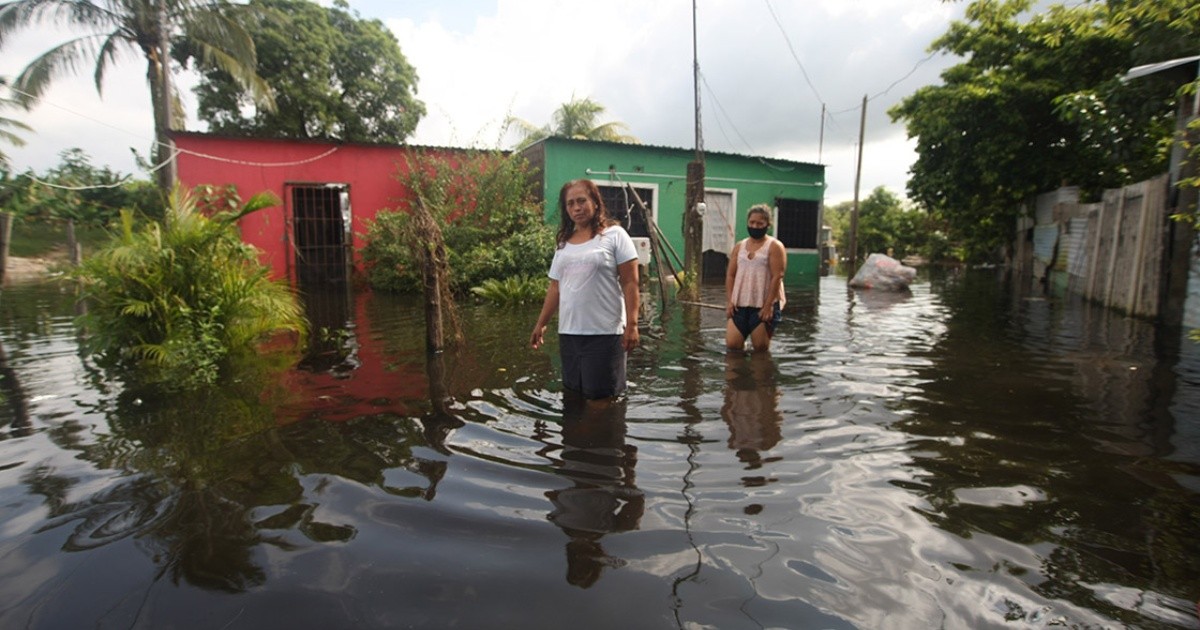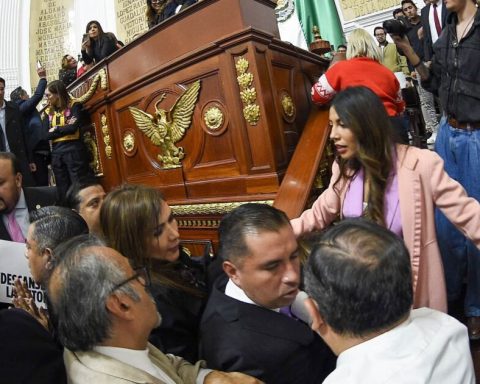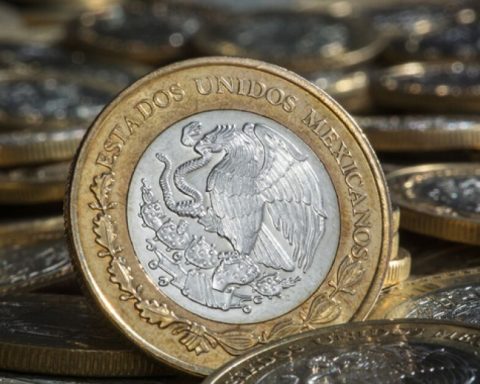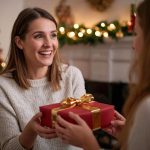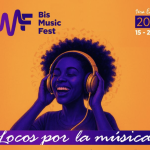In September 2021, in Tula alone – a municipality in Hidalgo – at least 17 people died from the floods which caused the local river to overflow and about 31,000 homes were affected. Mexico is also one of the countries with the highest number of smoke-related deaths. forest fires in the world, according to a report in the journal of medical sciences, The Lancet.
NASA data reported that, for Mexico, 2021 was the fourth hottest year in history, or at least, since records and metropolitan areas such as the Mexico City already exceed –significantly– the levels of pollution that the WHO considers dangerous. Different international organizations estimate that pollution causes the death of 9,000 and 10,000 people in Mexico each year.
These, to name a few, are data that show that the cost of the climate crisis is increasing and that it is not only monetary; the health, well-being and even the lives of people are involved.
It is also nothing new to contain the climate crisis it is an urgent task for all the countries in the world, that a large part of this crisis is the responsibility of the small part of the richest population in the world and that, in addition, it disproportionately hits those who are in the most vulnerable positions : women and girls, indigenous communities, Afro-descendant communities, the rural population and the poorest.
It is curious that although 195 countries have signed the Paris Agreement and are working in coordination to establish international frameworks, develop policies and make commitments to curb the climate crisis, the actions do not seem to have the expected impact: new – negative – records are broken every year related to global warming, the destruction of ecosystems, the depletion of resources and biodiversity, pollutants in the air, soil and water, and many other aspects.
An important part of the lax impact of public policies can be attributed to complications in their application, but the design is also fundamental. The populations most affected by this undeniable environmental crisis should be at the center of the design of actions to stop it.
Women and intersectionality at the center
UN Women, in the framework of the CSW66 (Commission on the Status of Women, for its acronym in English), highlighted the importance of the gender and intersectionality perspective being at the center of policies related to climate change.
That the national and international actions are elaborated under these views implies that the women and girls in all their diversity actively participate in the preparation of actions and proposals, but also that both this process and the application of policies are carried out with this transversal axis.
In addition, there is evidence that acting with a gender and intersectionality perspective in the response to the climate crisis can increase the effectiveness of the actions implemented; it also contributes to the equitable distribution of benefits.
According to a study conducted by researchers at Curtin Universitythe participation of women in parliaments has a significant impact on the success of the fight to contain the climate crisis, not only because of the diversity that parity implies, but also because the greater incidence of women implies greater transparency, greater conservation and governance of resources and greater collective action.
For its part, the intersectionality It has a direct impact on the distribution of the benefits of policies, because it helps generate programs that, from their design, understand that not all people are in the same position and that climate change hits some communities hard and hardly touches others.
So, the participation of all women is essential, but especially of women who are part of highly vulnerable communities such as black, indigenous, poor, rural women and agricultural workers.
On Mexico this should be very clear.
The scarcity of water is not a problem for the population of decile X –the richest– while areas such as the San Quintin Valley in Baja California they do not have access to water and must buy it in trucks and in fact, about 30% of the country faces drought, according to figures from Conagua (National Water Commission).
The air that is breathed in Mexico City is significantly more dangerous in the industrial zones, the peripheries, which are home to the most poor: Gustavo A. Madero, Iztapalapa and the municipalities of the State of Mexico with which they adjoin.
The agricultural and rural women more often they face more obstacles to access preventive health, sexual health, reproductive health and food security that in disaster situations leaves them exposed to developing diseases or losing their lives.
Situations of inequality could be cited endlessly. Therefore, considering that desgiudaldes are also one of the causes of the climate crisis when generating policies to contain this problem is essential.
